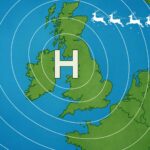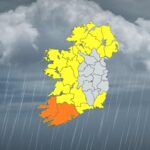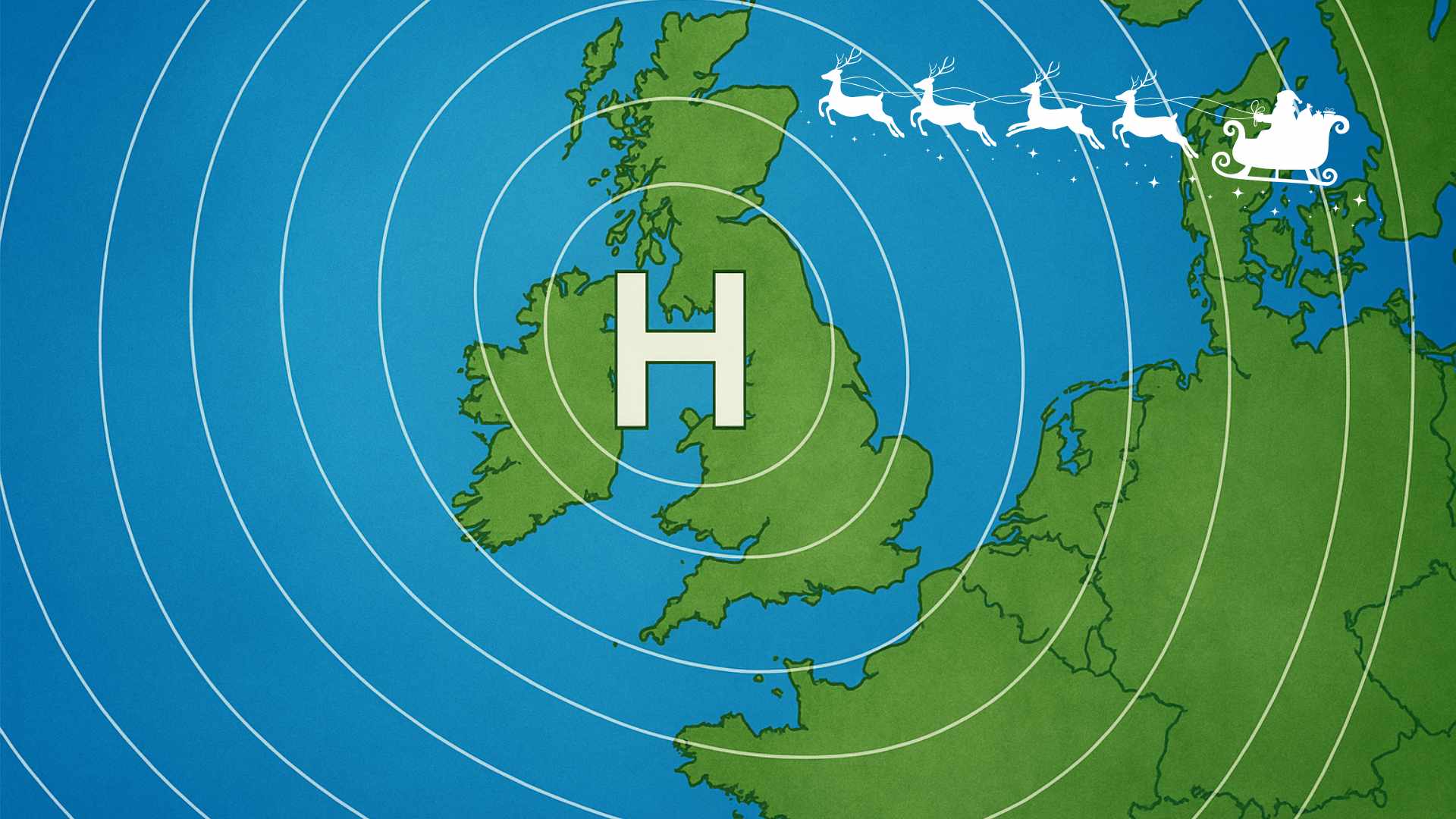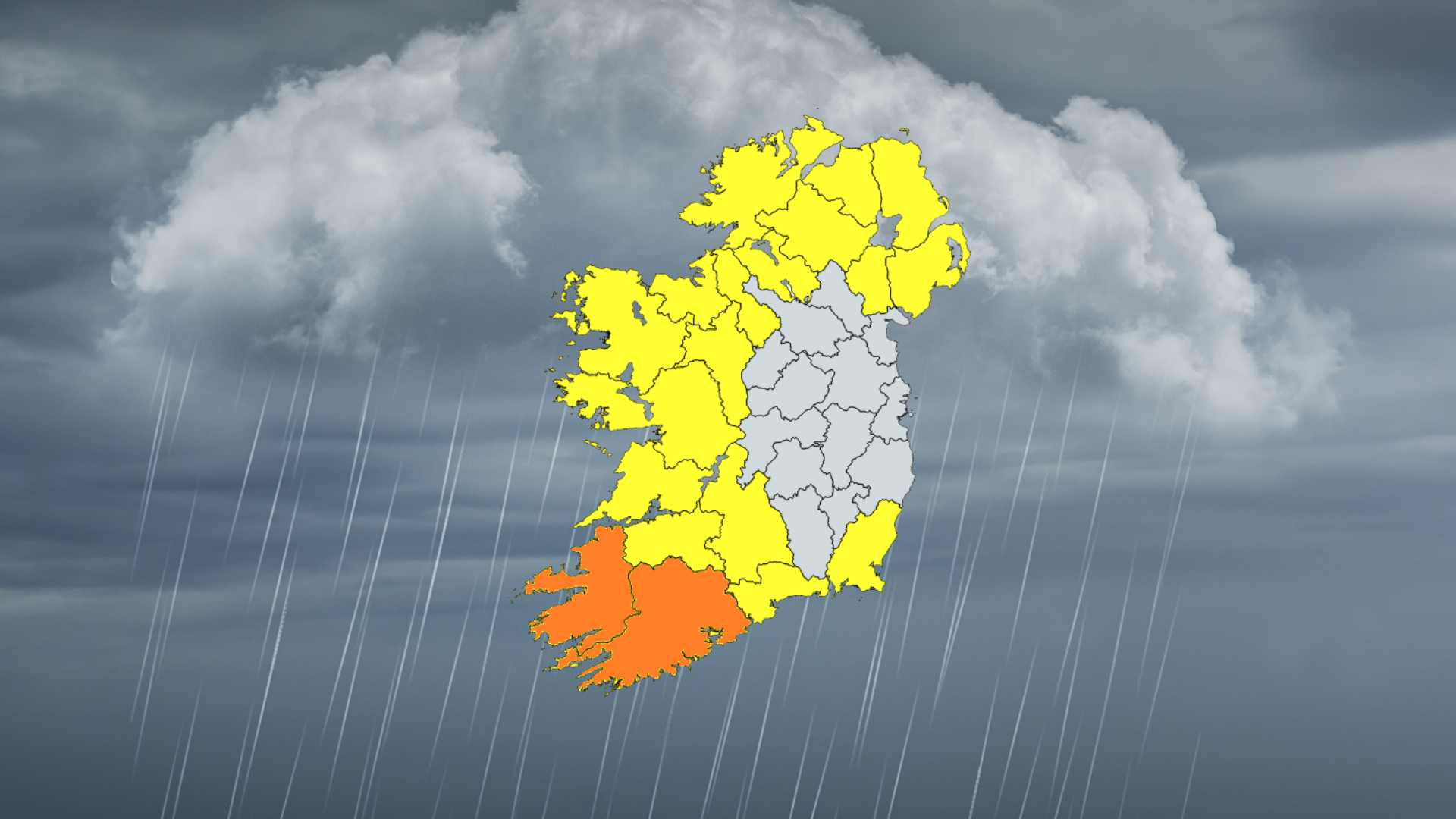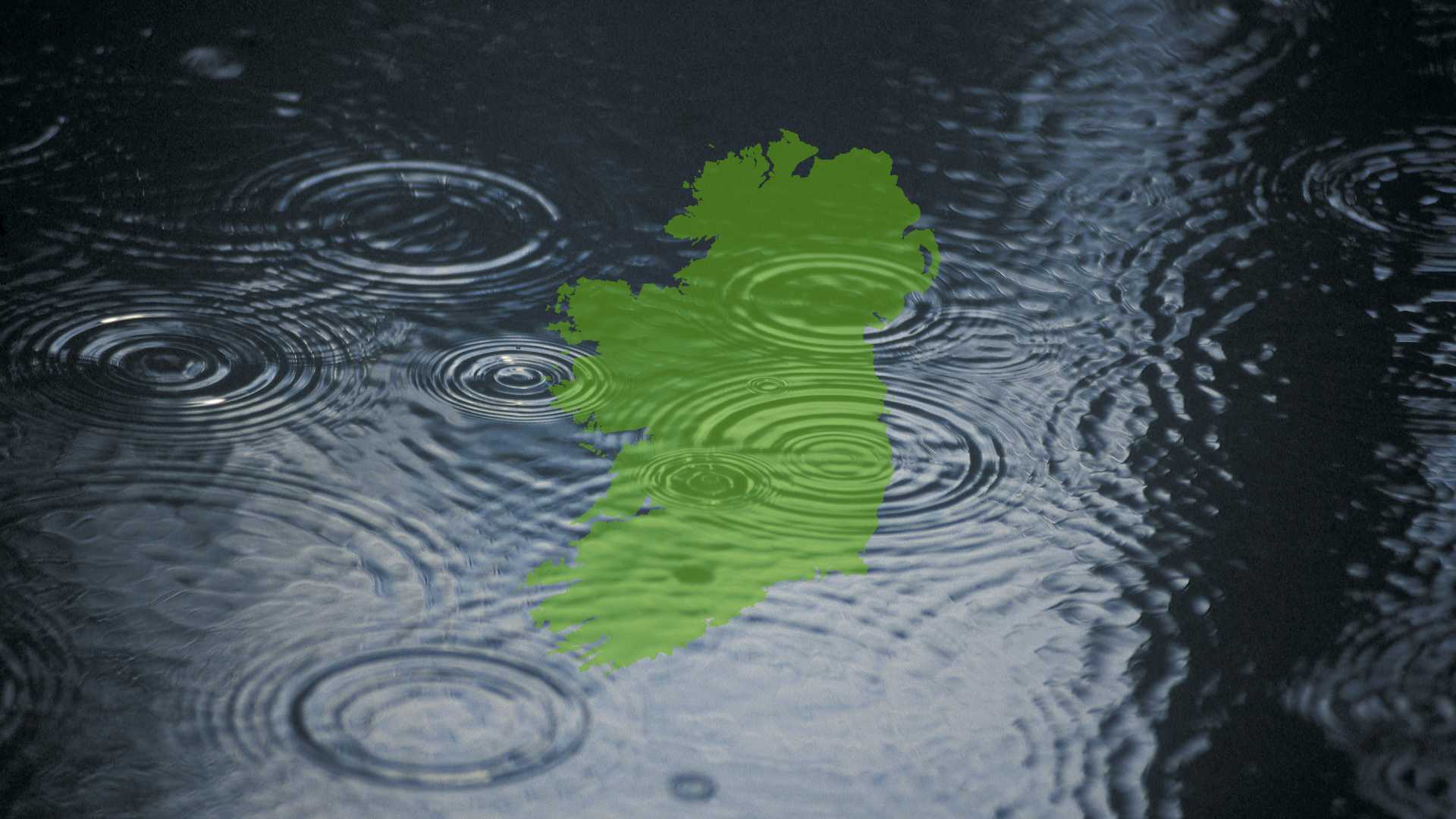
Atlantic ‘Cold Blob’ Could Stir Up Storms for Ireland

While the planet continues to warm, a stubborn patch of cold water in the North Atlantic — just south of Greenland — is refusing to play along. Known as the “cold blob,” this icy anomaly could have serious knock-on effects for Ireland’s weather, according to a new study by climate scientists at Penn State.
The research, published in Science Advances, points the finger at a weakening in the Atlantic Meridional Overturning Circulation (AMOC) — a vast ocean current system that helps drive our climate and keeps Ireland’s winters milder than other places at similar latitudes.
But here’s the twist: the chill isn’t just coming from the ocean. Scientists found that changes in the atmosphere — including less moisture and reduced greenhouse effect due to colder sea surface temperatures — are equally responsible for the cold patch. This feedback loop could make the cold blob more persistent.
“The big surprise is that the atmosphere is playing just as strong a role as the ocean in maintaining this cold patch,” said lead author Yifei Fan.
Why should Ireland care? Because the cold blob can mess with the jet stream and storm tracks — potentially making Irish weather more unsettled and increasing the risk of extreme events. Shifts in ocean and air patterns in this region have been linked in the past to wetter summers and stormier winters here.
The weakening AMOC is partly driven by melting ice from Greenland, which adds freshwater to the North Atlantic and disrupts the normal sinking of salty water that powers the current. If this trend continues, the cold blob could expand and ripple through weather systems across Europe.
The study used high-powered global climate models to unpack the dual roles of ocean and atmosphere — a first of its kind. And while the findings are based on simulations, the scientists say understanding the cold blob is critical to forecasting how Ireland’s climate could shift in the coming decades.
In other words: the cold blob may be far away, but its effects could be felt right here at home.
Share this WeathÉire story: